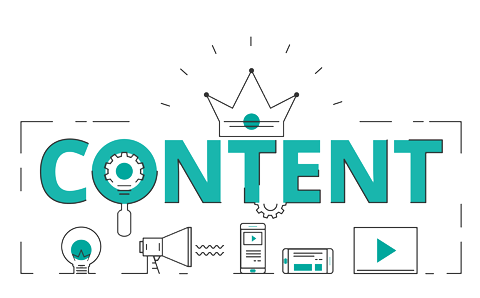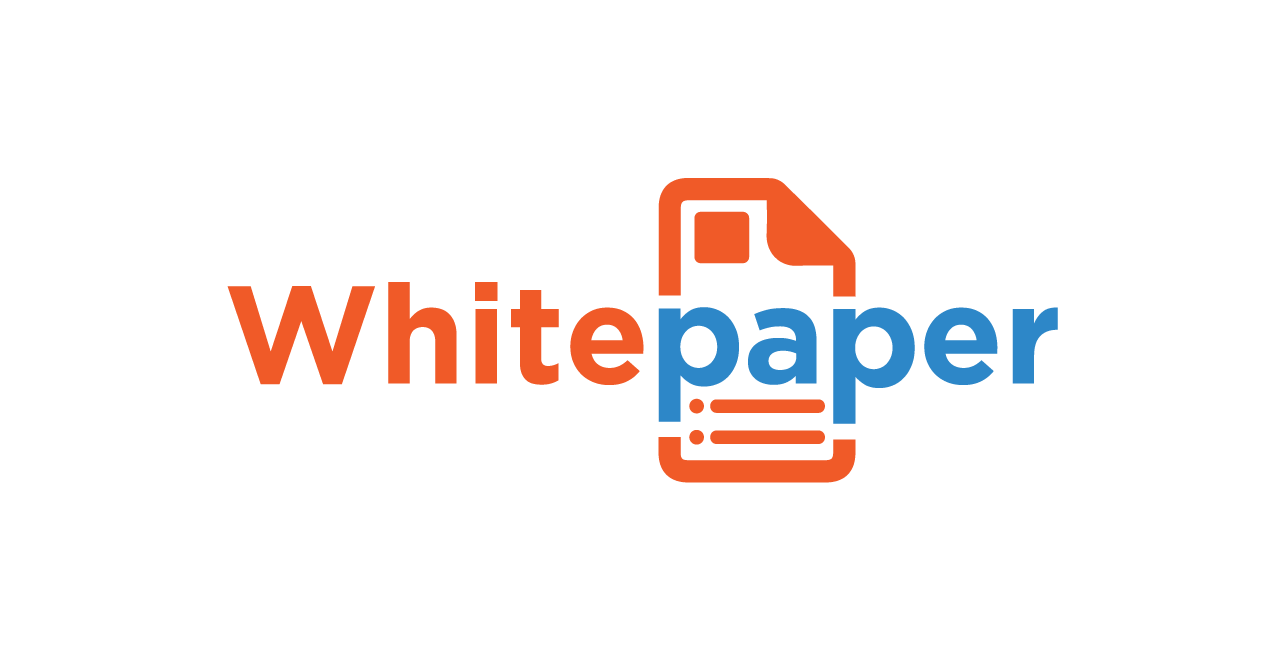Digital Marketing vs Traditional Marketing
Digital Marketing: A Marketeers Boon
Fancy this. You are an ad sales representative from a magazine on his way to the client’s office, pitching for a full-page advertisement at your card rate, willing to cough up a discount at the drop of a hat!
However, you are greeted with a chronological bifurcation from your revered potential client of how — while you were busy — he learned the nuances of showcasing his products and offerings on the digital gamut of numerous platforms. This garnered him more business, customers, and eyeballs overall. Welcome to the world of digital marketing, where grabbing these quintessential eyeballs is the name of the game.
Let’s face it; your client wants to be where his potential customers are or are likely to be. The more optimized your product placement is, the more chances you must convert a viewer into a business leader and, later, a steady follower and subscriber. This calls for the most innovative tool today: SEO or Search Engine Optimisation.
Advantages of Digital Marketing
The ecosystem possessed by digital marketing today surpasses the tried and tested formula offered by traditional marketing modules. Indeed, the touch-and-feel modus operandi has and will always be welcome, but the currency of digital offerings helps brands overcome these obstacles with ease.
This change in trend has a lot to do with the traditional media sources being replaced with digital ones across age groups. News on the go, coupled with live updates, has been long challenging traditional paper-and-ink media, with fruitful results.
Tapping Customer Needs Better
The fact that intelligent keyword positioning, along with strategic HTML placements & hyperlinks to ‘wow’ brand factors, relies on a viewer’s last search results empowers a brand with the ability and dexterity to custom-place ads masquerading cleverly within the text. This is often referred to as on-page optimization, which is a micro-manifestation of how an individual customer will/might react to an ad placement.
Coaxing (and essentially) luring potential customers to click on an ad of yours calls for strategic placement of keywords across these social media sites, which clasp on a user’s past and current web searches while being sensitive not to be too persuasive.
Enjoying Design Flexibility
“I want it in black and white,” said no modern-day brand manager ever! The lack of customizability – that came with traditional print ads and promotions – was a severe handicap that rendered this medium archaic.
Ads today need to be dynamic. Audience demographics are changing at the drop of a hat, and the only thing constant about a market is that nothing is constant anymore! Designers today have much more flexibility and creative liberty in designing ads, as they can always go back to the original blueprint and tweak the artwork as required.
Connecting Better with Customers
Effective marketing does not sell a product or service: it sells convenience to customers. Agreed that mapping the minds of consumers is an arduous task, but once mastered, it ensures robust brand loyalty and customer connection.
Digital marketing offers endless possibilities to create indelible impressions in customers’ minds with attractive websites, catchy social media posts, customer-engagement initiatives, and convincing case studies. All this would never have been possible with traditional media as the apparent constraints of space and time associated with print media cannot be ignored.
The Road Ahead for Digital Marketing
The game has now moved on to an equally enchanting off-page SEO optimization that focuses on the macrocosm of the digital marketing spectrum. How well a brand can leverage other existing aspects of media to its advantage forms a part of this tool. And news mediums are the perfect means to achieve this end.
Imagine the CEO of a global automotive giant gets featured in a lead interview of a prominent magazine: instant brand recognition and customer eyeballs. Next week, the same Mr. CEO is the key speaker at an eminent customer satisfaction survey forum: further brand image enhancement.
Remember our poor ad sales representative from the beginning of this article? He was smart enough to jump boats and join the digital bandwagon to his advantage! It isn’t difficult to fathom that the road adopted in the two channels might differ, but the sales charts will ring either way.
About the Author: Yogesh Sharma is the founder and CEO of Mindivik, which is a technical documentation company based out of Noida, India.
www.mindivik.in
www.facebook.com/mindivik
https://linkedin.com/company/mindivik












